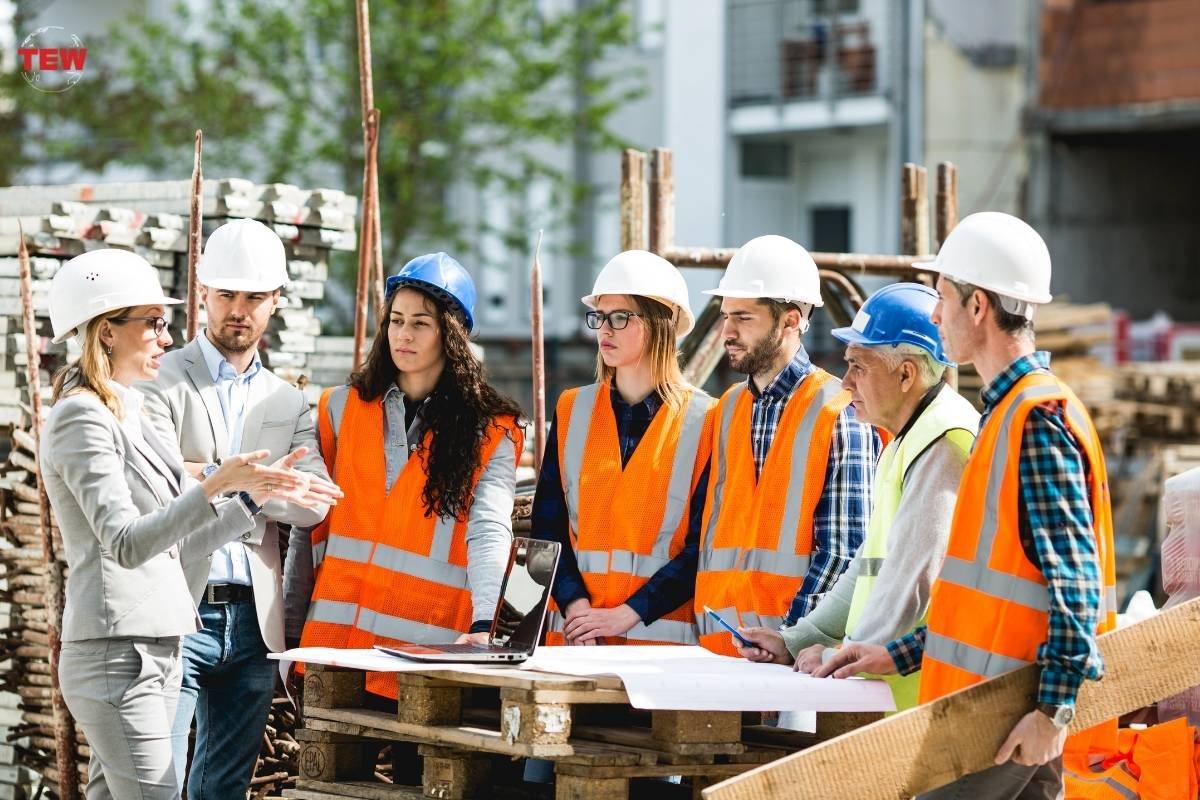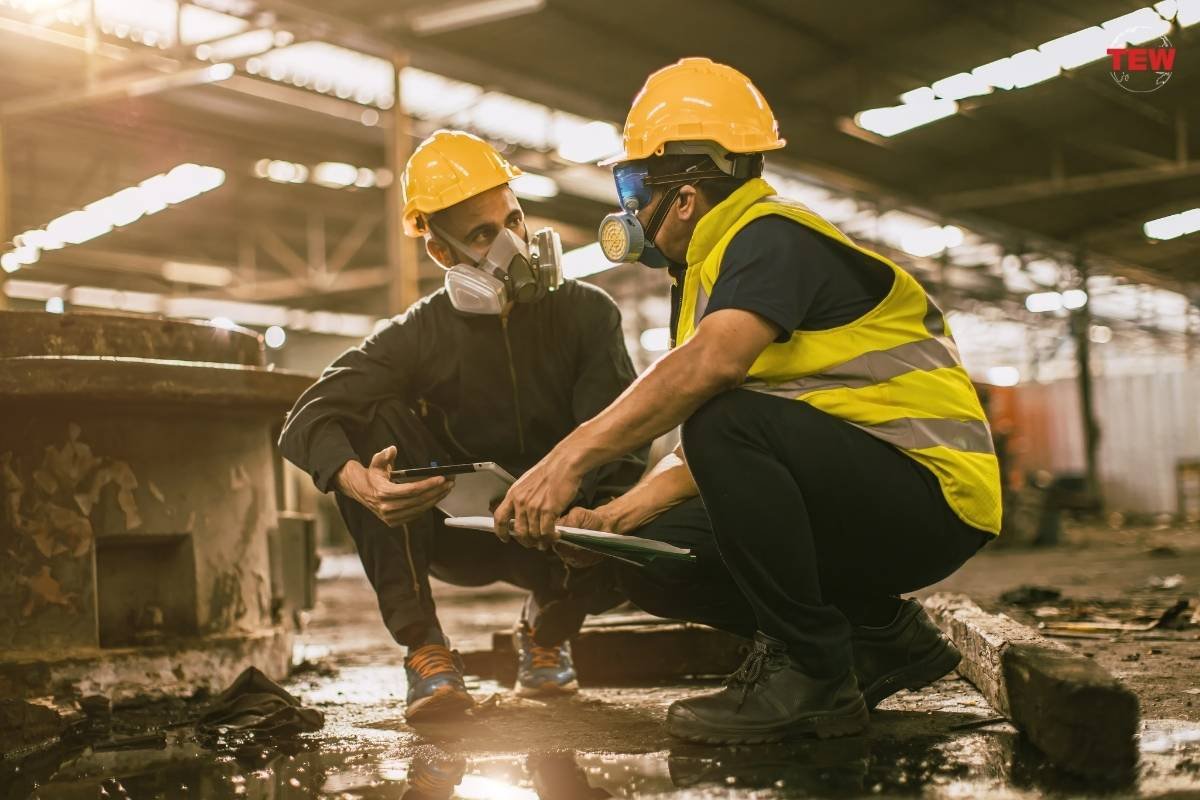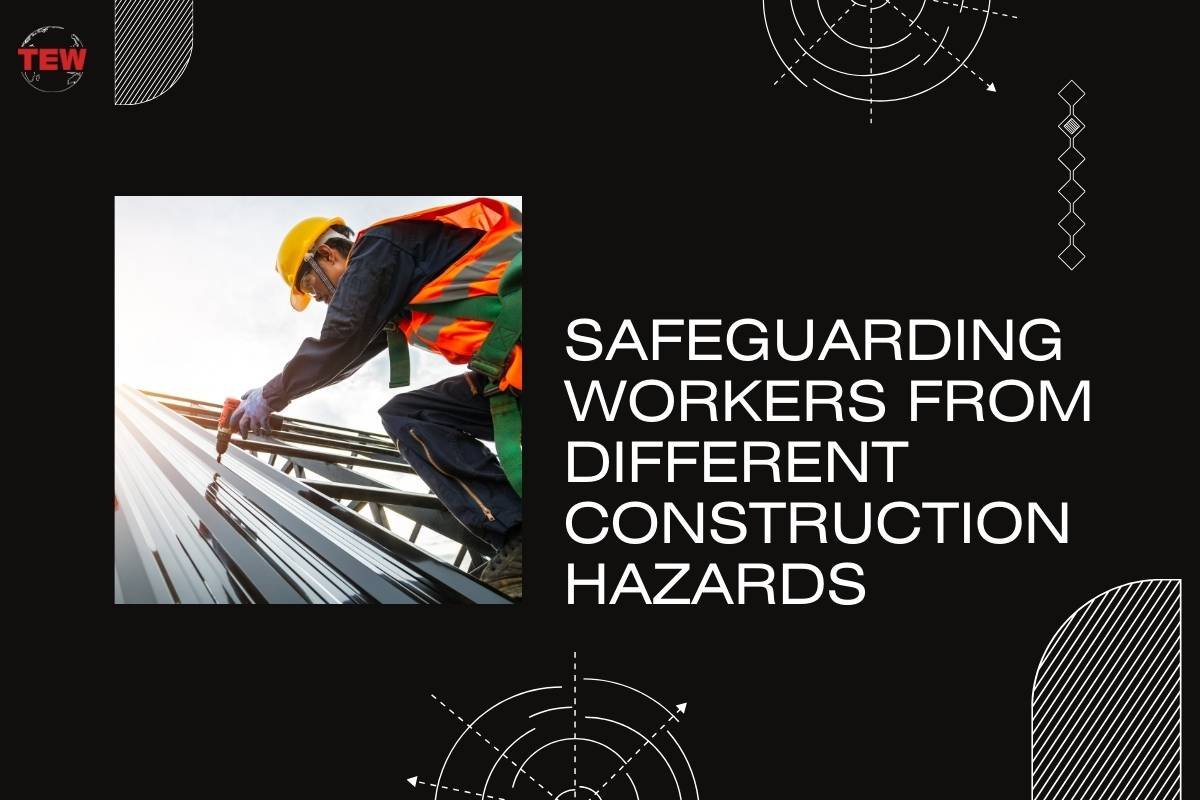The construction industry plays a vital role in shaping our modern society, erecting the infrastructure that facilitates our daily lives. However, an unavoidable truth lies beneath the impressive skyscrapers and engineering marvels – construction sites are inherently dangerous environments teeming with hazards. These construction safety hazards span a wide spectrum, from falls and struck-by incidents to exposure to harmful substances and electrical dangers, with the potential for severe injuries, permanent disabilities, or even loss of life.
Construction worksites are intricate tapestries of activities, each woven with its potential perils. From the moment workers arrive, they confront many risks – falls from heights, being struck by falling objects or moving machinery, entrapment or crushing between equipment, exposure to hazardous materials, and electrical shocks.
These construction safety hazards are compounded by poor site organization, inadequate safety protocols, and insufficient training. Addressing these multifaceted threats is not merely a moral imperative but a legal obligation. By implementing comprehensive safety measures and cultivating a culture of safety awareness, construction companies can significantly mitigate the risk of accidents, injuries, and fatalities on their sites, ultimately fostering a safer and more productive work environment.
Here are some common construction safety hazards:
1. Physical Hazards

Falls from heights are among the construction industry’s most prevalent and severe hazards. The risk of falling is ever-present whether working on scaffolding, roofs, or elevated platforms. Employers must provide appropriate fall protection systems, such as guardrails, safety nets, and personal fall arrest systems (PFAS) to address this hazard. Additionally, ensuring proper use of ladders and scaffolding and implementing thorough training programs on fall prevention is crucial.
Construction sites are dynamic environments with numerous moving parts, increasing the risk of workers being struck by falling objects or moving machinery. Protective equipment, such as hard hats and safety glasses, can mitigate the impact of struck-by incidents. However, preventive measures like safe material handling and storage practices, proper site organization, and effective communication between workers and equipment operators are equally important.
Caught-in or caught-between hazards occur when workers become trapped or crushed by machinery, equipment, or materials. Implementing lockout/tagout procedures, which ensure machinery is properly shut down and isolated before maintenance or repair work, is crucial. Additionally, ensuring the safe operation of machinery and equipment through comprehensive training and adherence to manufacturer guidelines can significantly reduce these risks.
2. Environmental Hazards
Prolonged exposure to excessive noise on construction sites can lead to hearing loss and other health issues. Implementing a comprehensive hearing conservation program, which includes noise monitoring, engineering controls (such as noise barriers and mufflers), and appropriate hearing protection devices, is essential for safeguarding workers’ hearing.
Construction activities often generate dust, fumes, and other airborne contaminants that can pose respiratory severe construction safety hazards. Proper respirator use, along with effective dust control measures and adequate ventilation systems, can help protect workers from these hazards. Regular air quality monitoring and timely respirator filter replacement are crucial steps in maintaining a safe breathing environment.
Construction workers are frequently exposed to extreme weather conditions, such as extreme heat or cold, which can lead to heat stress, hypothermia, or other serious health issues. Implementing heat and cold stress precautions, providing proper hydration and rest breaks, and ensuring workers are dressed appropriately for the weather conditions are vital measures to protect their well-being.
3. Fire Hazards

Construction sites are rife with potential fire hazards, including hot work (welding or cutting), flammable materials, and electrical equipment. Identifying and mitigating these fire risks is crucial for preventing devastating fires that can damage property, cause injuries, and result in loss of life.
Comprehensive fire prevention measures are key to safeguarding workers and the construction site. These include conducting regular inspections for fire hazards, ensuring proper storage and handling of flammable materials, implementing hot work permit systems, and maintaining clear evacuation routes and exits. Workers should also be equipped with flame resistant clothing to provide an additional layer of protection in case of unexpected sparks or flash fires.
In addition to preventing construction safety hazards, appropriate fire protection systems and equipment are essential. This includes installing fire alarms, and sprinkler systems, and strategically placing fire extinguishers throughout the site. Regular inspections and maintenance of these systems are crucial to ensure their effectiveness during a fire.
Despite all preventive measures, fires can still occur on construction sites. Developing and implementing clear emergency response and evacuation procedures is vital for ensuring the safety of workers. Regular fire drills, designated assembly areas, and trained emergency response teams can help mitigate the impact of fires and facilitate a swift and organized evacuation when necessary.
4. Chemical Hazards

Construction sites often involve various chemicals, such as solvents, paints, and adhesives, which can be toxic if improperly handled. Ensuring proper labeling and storage of these substances, providing workers with appropriate personal protective equipment (PPE), and training on safe handling procedures are essential for minimizing exposure risks.
Beyond exposure risks, improper handling and disposal of chemicals can also pose significant environmental and health hazards. Implementing strict protocols for handling, storing, and disposing of chemicals and conducting regular inspections and audits can help mitigate these risks. Additionally, providing comprehensive training to workers on spill response and cleanup procedures is crucial for maintaining a safe and environmentally responsible work environment.
5. Electrical Hazards
Electrical hazards on construction sites can lead to severe injuries, burns, and even fatalities. Ensuring proper use of insulated tools and equipment, implementing lockout/tagout procedures for electrical work, and providing workers with appropriate personal protective equipment (PPE) can significantly reduce the risk of electrical shocks and arc flashes.
Even when working near energized equipment, following safe work practices is essential. Maintaining safe distances from energized parts, using appropriate insulating barriers, and implementing strict procedures for de-energizing equipment before performing maintenance or repair work can help prevent electrical accidents.
Training and Education
Practical safety training and awareness programs are the foundation of a successful construction safety program. Providing workers with comprehensive training on hazard recognition, safe work practices, and proper use of personal protective equipment (PPE) is essential for equipping them with the knowledge and skills necessary to navigate the hazards present on construction sites.
Beyond training, fostering a strong safety culture within the organization is crucial. This involves promoting open communication about safety concerns, encouraging workers to report construction safety hazards or unsafe practices, and fostering a sense of shared responsibility for safety among all employees, from top management to frontline workers.
Maintaining a safe construction site is an ongoing process that requires continuous improvement. Regular safety audits and inspections can help identify potential hazards, assess the effectiveness of existing safety measures, and pinpoint areas for improvement. Additionally, thoroughly investigating all incidents and near-misses can provide valuable insights for preventing future occurrences.
Conclusion
Construction remains hazardous despite safety improvements, with dangers like falls, electrical hazards, and noise exposure. To ensure worker safety, employers must prioritize safety measures, training, and a culture of awareness of construction safety hazards. Workers, too, must be active participants. Ultimately, a collaborative effort among employers, workers, regulators, and industry organizations is essential to creating a future where construction is safe and workers return home healthy.




